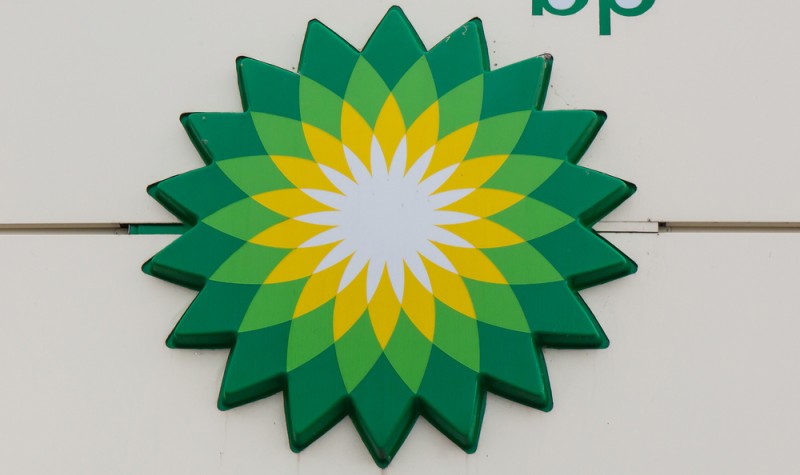BP: holed just above the waterline

BP’s first quarter results come from a rather battered company that looks (in my imagination) a bit like one of those destroyers returning to port at early dawn, having encountered Captain Lansdorff’s pocket battleship the “Admiral Graff Spee”, at the mouth of the River Plate all those years ago. Its superstructure is in a sorry state and it is holed just above the waterline, but it is still capable of making steam, even if its imagined marine propeller is no longer mounted quite straight.
In its Q1 signal, it explains that that its upstream operations have been severely hit by the collapse of crude oil and gas prices, which have holed its cash flow and profitability to a significant extent. In the first quarter, operating cash flow was $1.9 billion, which may seem a good deal in absolute money terms but which is a great deal smaller than the group’s operating cash flow in the first quarter of the previous year, when it was reported at $8.2 billion.
That was in part a reflection of the fact that underlying replacement cost profits were twenty per cent below those reported for the same quarter a year earlier. The company naturally hastens to put that annual comparison into a wider perspective by pointing out that it was nevertheless fifteen per cent better than in the preceding fourth and final quarter of last year. Upstream profits in Q1 limped in at $600 million in contrast to $4,400 million in Q1 2014, marking a downturn of some 86% according to my calculator.
Having a twenty per cent plus chunk of the equity of the Russian oil producer Rosneft, was not helpful at a time when there is an embargo on the exports of Russia following its invasion and occupation of the Crimea and other parts of the Ukraine. We are told that upstream production was up 8.3% if embargoed Rosneft is excluded, or up 3.7% on an underlying basis. The underlying Rosneft income was $183 million this year in contrast to $270 million the year before.
By contrast, BP’s upstream sales business of petroleum did well in a time of global economic recovery in the world’s largest economy and the continuing growth, albeit at a lesser rate of appreciation, in the world’s second largest economy, China.
Putting it all together, BP as a group, upstream and downstream, saw profits down by about half, which seems better than the market had expected. Most importantly, the company’s management reported that it was giving first priority to dividends and so maintained the first quarter dividend pay out at US 10 cents. The company states it will pursue efficiencies across the group and sell $10 billion of assets.
As a recovery in the price of crude oil looks possible, BP is obviously useful as a geared play on such an event. Even more attractive is the ‘prioritised’ dividend pay out – which, to remind you, is the “first priority” of the management – and its asset backing plus being thought of a possible acquisition potential. In my view, the shares are without doubt a hold, but is it still a share to buy at this level, given that the share price has increased strongly over the last few months? The share price chart suggests it could come back to 430p and remain on trend. My view is to hold the share, and to add more if the share price comes down 5% or so.
Comments (0)